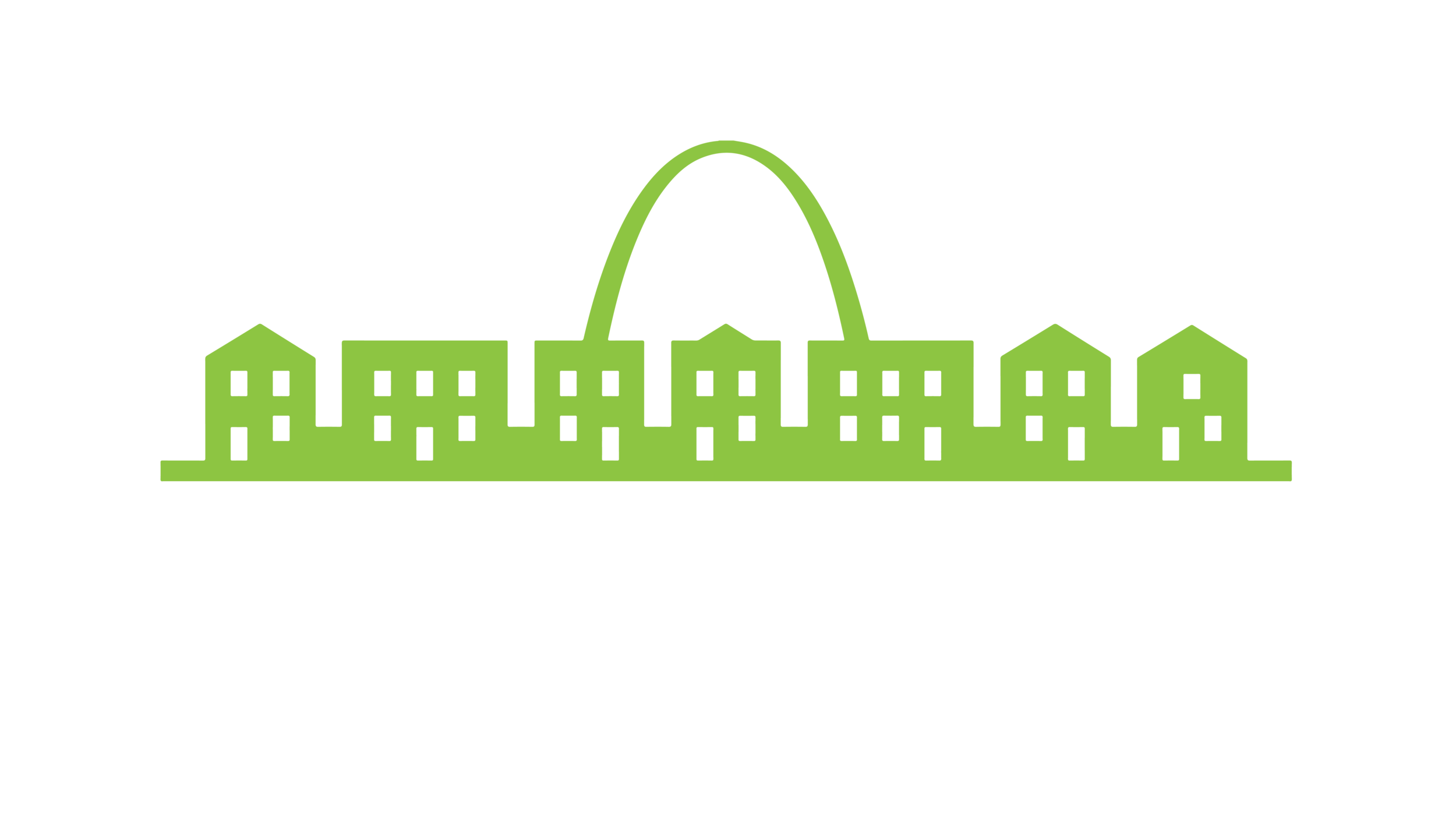The Catch-22 of Education for Kids in Poverty
What impact does a quality education make on a life? By the numbers, it makes over a $1 million difference: workers without a high school degree make an estimated $973,000 in their lifetime, as compared to those with a bachelor’s degree who will make an average of $2.3 million (The College Payoff report from Georgetown University Center on Education and the Workforce). Why’s that? A quality education prepares you to succeed in high school and into college and prepares you to be competitive in the job market.
For kids in poverty, a quality education is not often accessible. And when it is accessible, kids in systemic poverty are often not equipped to seize the opportunity. This is evident in the 30 million word gap, a study that shows by the age of 3, children in poverty will have heard 30 million fewer words than wealthy peers. Those 30 million fewer words will continue to impact children, as a child’s performance at age 3 is indicative of measurements at age 9 & 10. We can also see the impacts of poverty through the effects of summer learning loss. Kids in poverty engage in less enrichment activities during the summer, resulting in a 2-3 month loss of skills each summer. As they continue to experience a loss in the summer months, the learning gap grows exponentially, creating a vast gap in achievement between low-income and middle/upper-income students. These barriers to education widen the achievement gap and make it extremely difficult for kids in poverty to succeed or finish school, which leads to limited employment opportunities. With less education and less profitable jobs, it becomes even harder to break the cycle of poverty.
If you’re thinking this sounds like a “catch-22”, you’re right. Peter Edelman, Professor of Law at Georgetown University, echoed this in the Huffington Post, “Yes, education is a way out of poverty — but poverty is also a hindrance to education.” Kids in systemic poverty have less access to a quality education, and they’re less prepared for a good education when it is accessible…but education can also be a tool to break the cycle of poverty by providing access to more opportunity.
So what’s the answer? Part of that answer is expanded learning opportunities, like before school, after school and summer programs, including our year-round Beyond School program. The additional learning time that expanded learning opportunities provide outside of the regular school day can begin to tear down the barriers to education by increasing student access to quality learning time. They also support students academically, socially and emotionally, making them more ready to succeed when there is opportunity.
Over half of our students begin our program reading 2+ years behind grade level. By spending an hour of additional academic time each day, our students grow an average of two months for every one month they’re with us. This growth is making up years of lost time, so our students are prepared for success in high school and beyond. We are working to put our students on a path in which college is an accessible reality, not just a lofty dream.
There isn’t one simple answer to breaking the cycle of poverty, but education is definitely a part of the answer. You can get involved by learning more about our Beyond School program, volunteering with our students, or donating to empower our students.

